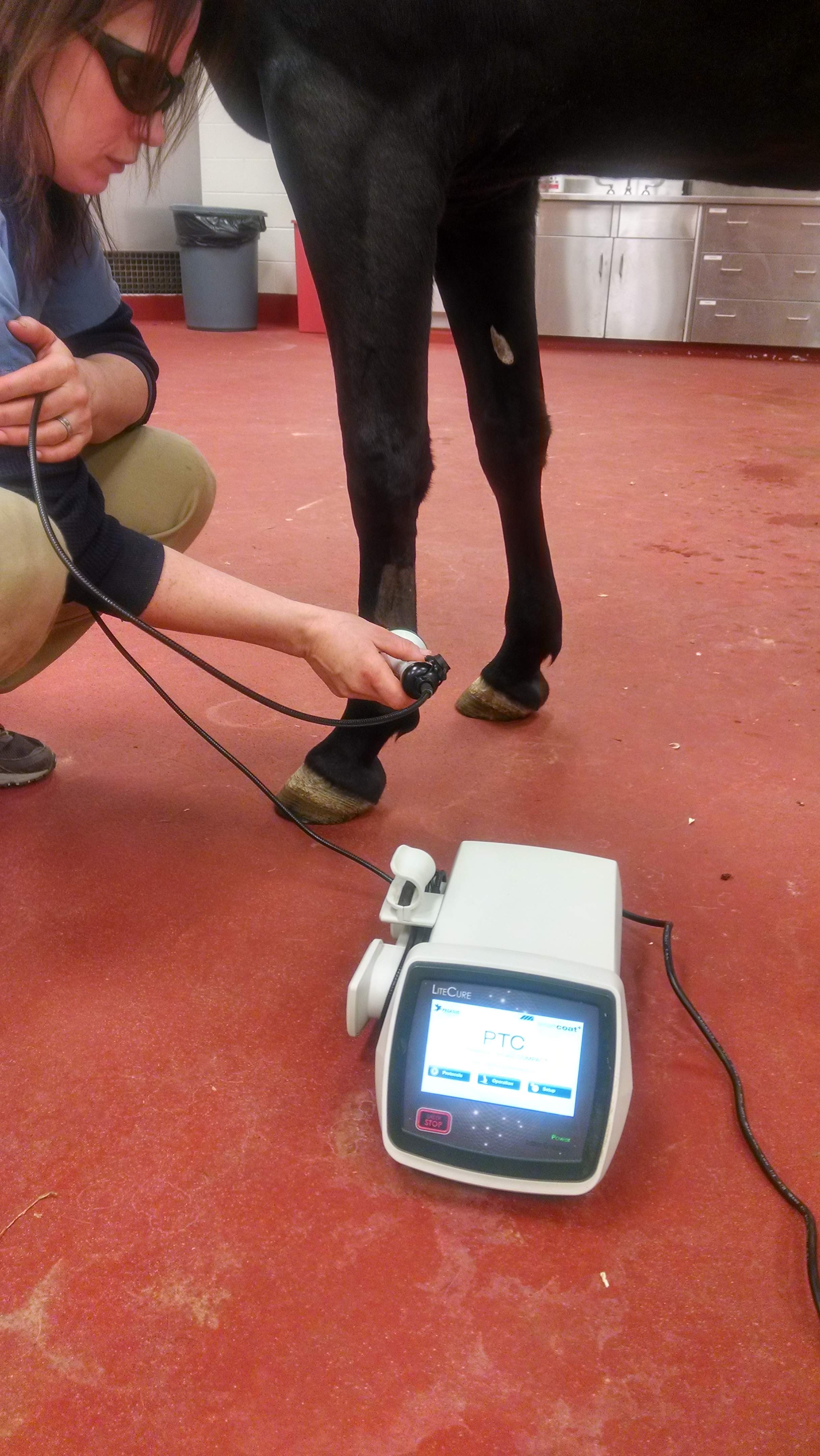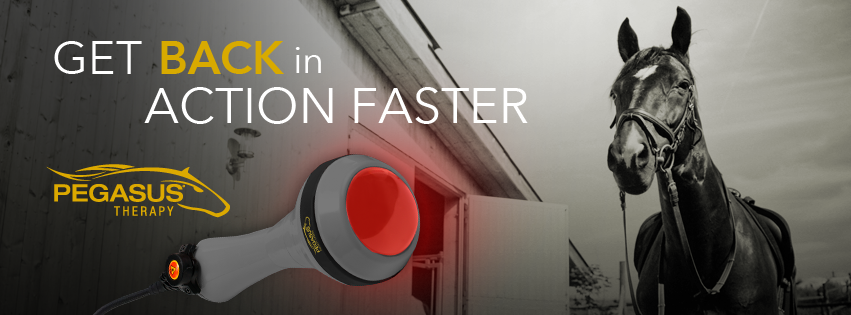Whatever You Required to Find Out About Equine Therapy for Mental Health
Wiki Article
Reviewing the Effectiveness of Laser Therapy in Horse Treatment for Injury Rehab
The analysis of laser therapy's efficiency in equine injury recovery depends upon several variables, including recuperation time, discomfort mitigation, and tissue regrowth. Professional studies suggest significant improvements in conditions like tendonitis and osteoarthritis, credited to boosted cellular function and raised ATP manufacturing. Vets frequently observe exceptional results with laser treatment contrasted to standard methods, placing it as an important aspect in equine treatment. The requirement for continual monitoring and tailored therapy strategies can not be overemphasized. What details medical evidence supports these insurance claims, and just how do vets carry out these methods in technique?Recognizing Laser Treatment
Laser therapy has become a crucial device in veterinary medicine, specifically in the therapy of equine conditions. Known for its non-invasive nature and efficiency, laser treatment includes the application of particular wavelengths of light to boost cells repair service and decrease inflammation. This healing technique is increasingly preferred for its capability to accelerate the healing procedure in equines dealing with a selection of musculoskeletal injuries and chronic problems.The key mechanism behind laser treatment is its ability to boost cellular features. When laser light passes through the skin, it is absorbed by mitochondria, the giant of cells, which leads to boosted production of adenosine triphosphate (ATP) This biochemical energy increase promotes cellular repair service and regrowth. Furthermore, laser treatment advertises vasodilation, improving blood flow and oxygen distribution to damaged tissues, therefore expediting healing.
In equine medication, laser treatment is specifically advantageous for problems such as tendonitis, osteo arthritis, and injury recovery. The technique is lauded for its pain-relieving buildings, enabling steeds to gain back mobility and function more rapidly. Veterinarians also appreciate its minimal adverse effects compared to other treatment techniques, making it a dependable and safe option for equine care.

Just How Laser Treatment Works

Upon absorption, these photons activate a series of biochemical changes, enhancing mitochondrial feature and resulting click to investigate in increased adenosine triphosphate (ATP) manufacturing. This increase in ATP accelerates mobile metabolism, advertising tissue fixing and regeneration. Additionally, laser treatment modulates inflammatory feedbacks by impacting cytokine levels and minimizing oxidative tension, thereby relieving pain and swelling.
Another considerable aspect of laser therapy is its duty in improving microcirculation. The therapy advertises vasodilation, improving blood circulation and oxygen delivery to broken tissues (Equine Therapy). This promotes the removal of mobile debris and sustains the proliferation of fibroblasts and collagen synthesis, critical for wound recovery
Scientific Proof
The efficacy of laser therapy in equine therapy has been validated via different scientific research studies, showcasing its healing potential across a range of problems. A research performed by Turner et al. (2012) showed that equines treated with low-level laser treatment (LLLT) for ligament injuries displayed accelerated healing contrasted to those receiving traditional therapies.In a similar way, research study by Johnson and colleagues (2015) focused on equine muscle injuries, exposing that laser therapy substantially accelerated muscle fiber regeneration and minimized muscle tightness. Professional assessments have actually shown that laser treatment can minimize persistent conditions such as osteo arthritis.
Vet Insights

Veterinarians also appreciate the versatility of laser treatment. She points out that laser treatment can be tailored to the particular needs of each steed, making sure optimal outcomes.
In addition, vets value the ability to integrate laser treatment with other treatment methods. This multimodal method can improve general treatment efficiency, supplying a thorough solution for equine rehabilitation. Such recommendations from skilled experts highlight the growing acceptance and application of laser treatment in equine medicine.
Practical Factors To Consider
An essential element of implementing laser treatment in equine therapy includes recognizing the functional factors to consider that guarantee its efficiency and safety. Primarily, it is important to select the appropriate laser device, as various kinds vary in wavelength, power, and infiltration deepness. Equine Therapy. Veterinarians have to be skilled in these parameters to customize treatment methods effectively to every injury kindIn addition, the regularity and period of laser treatment sessions require cautious planning to maximize healing advantages while reducing any possible negative impacts. Constant monitoring of the steed's response to therapy can lead required changes in the therapy regimen. Establishing a risk-free Get More Information and regulated setting throughout therapies is likewise vital to stop unintentional exposure to laser emissions, which can damage both the horse and the trainer.
Educating and certification of workers administering laser therapy are critical to guarantee appropriate strategy and to promote safety standards. Additionally, keeping exact documents of each session, consisting of laser settings and observed results, is essential for examining the total effectiveness of the therapy and for making data-driven choices.
Conclusion
Laser therapy has arised as an efficient method in equine injury recovery, supplying considerable advantages in recuperation time, pain alleviation, and cells healing. For ideal outcomes, continual monitoring and individualized therapy methods continue to be necessary in leveraging the full potential of laser treatment in equine care.Report this wiki page